Are you tired of dealing with traffic and the hassle of finding a parking spot at work every day? Cycling to work might be the solution for you! Not only is cycling a great way to save money and reduce your carbon footprint, but it’s also a fantastic way to get in some exercise before starting your day. However, if your office doesn’t have a shower facility, you might be hesitant to break a sweat during your commute. But don’t worry; there are plenty of ways to freshen up and feel confident after arriving at work. In this blog post, we’re going to share 10 tips on how to cycle to work when there’s no shower available. Let’s get started!

10 Tips for Cycling to work when there is no shower
As someone who frequently cycles to work, I understand the struggle of arriving at the office without access to a shower. But fear not, there are ways to make your commute sweat-free. Here are 10 tips for cycling to work when there is no shower: Use caution when overtaking and avoid blind spots. Follow NYC cycling laws and refrain from using your phone while riding. It’s also important to have basic motorcycle skills and stay to the right-hand side of the road.
Proper pedaling technique and choosing between indoor/outdoor cycling can also make a difference. Lastly, cycling can actually increase energy and strength, so embrace the ride! And don’t worry about showering at work – there are plenty of ways to freshen up, such as using body wipes, dry shampoo, and bringing a change of clothes.

1. Use caution when overtaking
As an experienced cyclist, I know that overtaking can be a delicate process. When cycling to work without a shower, it’s important to stay clean and dry while also being cautious on the road. This means using caution when overtaking other cyclists or vehicles. Always make sure to check your surroundings before passing someone, especially if it’s in a narrow lane or busy street.
Use hand signals to communicate your intentions and make sure you have enough space to pass without endangering yourself or others. By practicing safety and caution, you can enjoy a successful and stress-free cycling commute to work.
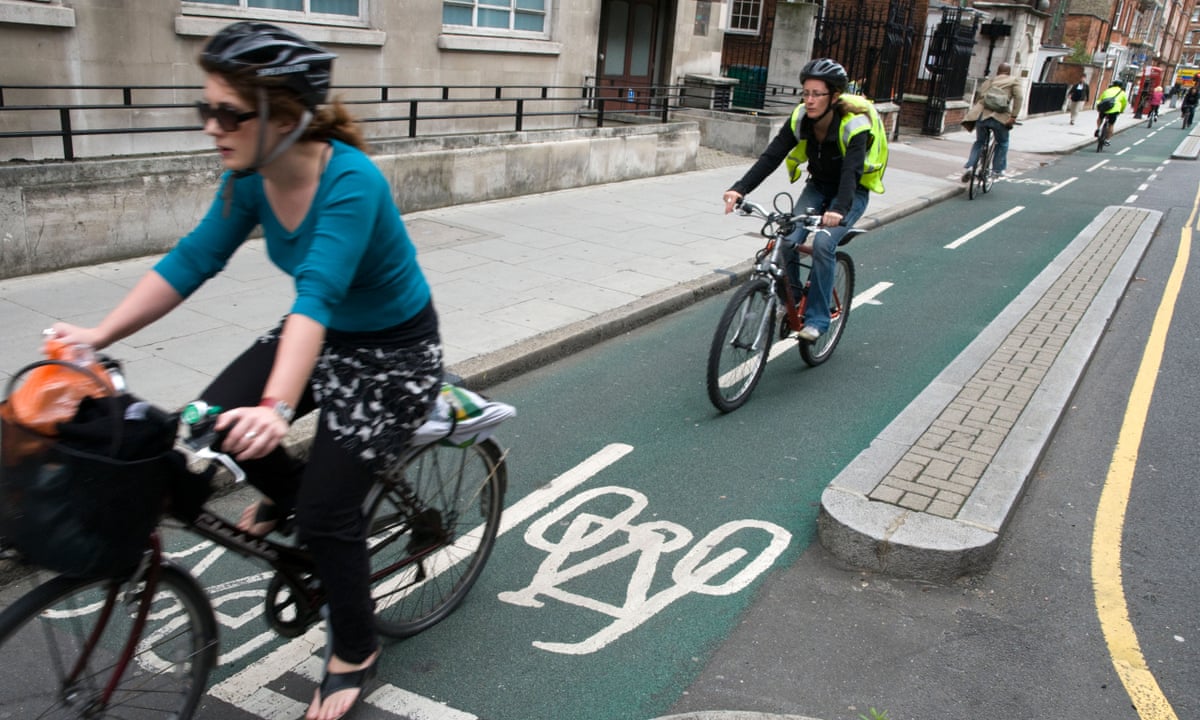
2. Avoid blind spots
As someone who cycles to work every day, I know how important it is to avoid blind spots. It can be tempting to weave in and out of traffic, but that is never a good idea on a bike. I always make sure to stay to the right-hand side of the road, and I never cut off cars or trucks. This is especially important in the city, where traffic can be heavy and unpredictable.
I also check mirrors and blind spots frequently to ensure that I am not putting myself in harm’s way. By following these tips, I have been able to stay safe and enjoy my daily commute. Cycling to work has many benefits, but it’s important to do it safely and with foresight. Remember to always wear a helmet and take caution on the road.

3. Follow NYC cycling laws
As someone who frequently cycles to work, it’s important to understand and follow local cycling laws to ensure your safety and the safety of those around you. In New York City, for example, it’s mandatory to wear a helmet if you’re under 14 years old, and highly recommended for all ages.
It’s also important to follow traffic signals and signs, and to use hand signals when turning or changing lanes. Additionally, cyclists in NYC are required to have a bell or other audible signal on their bikes, and to use bike lanes when available. By following these laws, you can help prevent accidents and ensure a safe and enjoyable commute.

4. Refrain from phone use
As a frequent cyclist, one of the most important rules I adhere to when riding to work is to refrain from using my phone while on the bike. This not only keeps me safe by allowing me to stay aware of my surroundings, but it also shows respect for other road users. In addition to this, it’s crucial to stay mindful of NYC cycling laws and avoid blind spots when overtaking other riders or cars.
Along with proper pedaling technique and the importance of motorcycle skills, these habits can help ensure a smooth and safe ride to work. And while biking to work may require a bit more planning and preparation than driving, the benefits it offers in terms of increased energy and strength make it a worthwhile endeavor. So whether you choose to cycle indoors or out, just remember to keep out of the gutter and always put safety first.

5. Importance of motorcycle skills
As I navigate through the New York City streets on my bike, I realize the importance of having strong motorcycle skills. Not only does it increase safety for myself, but also for those around me. Riding a bike in a city requires quick reflexes and excellent maneuvering abilities to avoid accidents.
It is crucial to use caution when overtaking and avoid blind spots. Following NYC cycling laws and refraining from using phones also enhance safety measures. However, it is essential to consider that having good motorcycle skills is not only about avoiding accidents, but it also allows for a smoother, more comfortable ride. Knowing how to properly use pedals, correct posture, and timely braking all contribute to the overall experience.
Cycling to work not only benefits physical health but also mental health by reducing stress levels, and increased energy and strength. As I cycle to work every day, I cannot stress enough the importance of having strong motorcycle skills in New York City streets.

6. Benefits of cycling to work
As someone who has made the switch to cycling to work, I can attest to the numerous benefits that come with it. Not only is it a great form of exercise, but it also saves money on transportation costs and reduces my carbon footprint. Plus, the fresh air and natural scenery on my commute are a refreshing way to start and end my workday.
Cycling to work also helps me clear my mind and reduce stress levels, leading to increased productivity and focus throughout the day. Overall, incorporating cycling into my daily routine has positively impacted both my physical and mental well-being, making it a worthwhile investment for anyone looking to improve their daily work life.
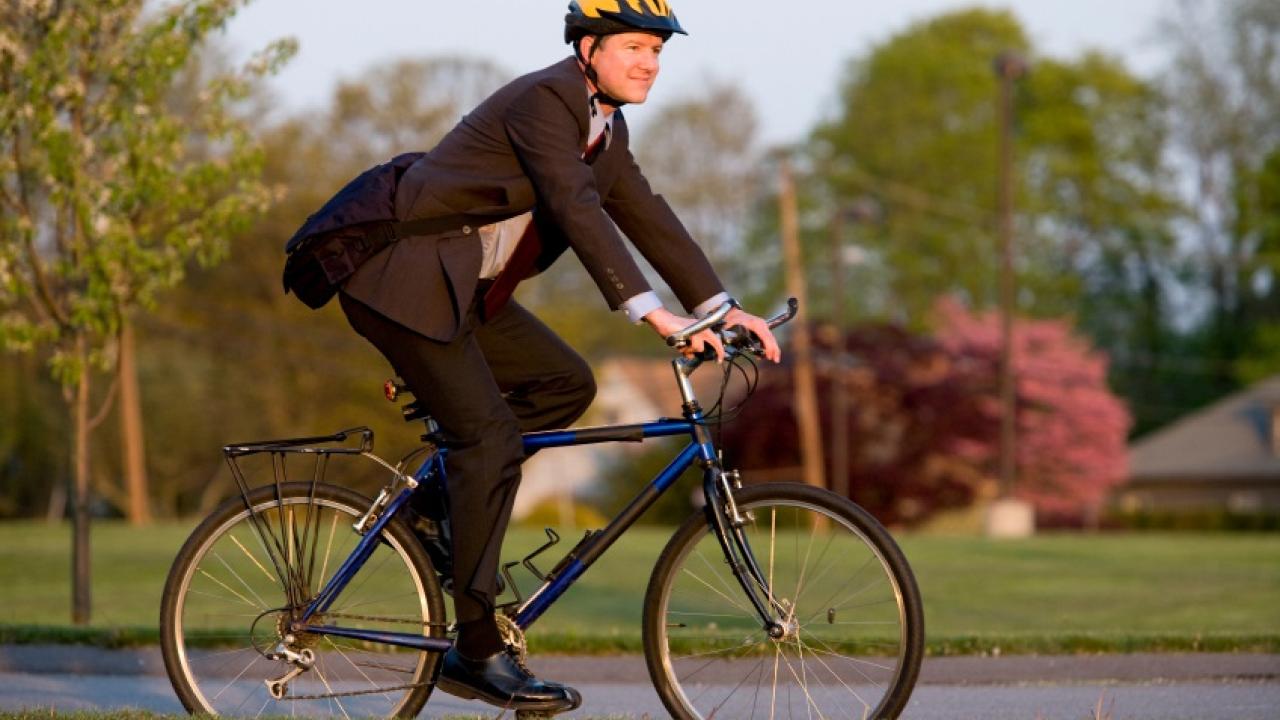
7. Stay to the right-hand side of the road
It’s important to always stay aware of your surroundings when cycling on the road, and staying to the right-hand side is a key part of that. Not only is it the law in most places, but it’s also a safety measure to prevent collisions with other vehicles or cyclists who may be passing you. This doesn’t mean you need to hug the curb or ride in the gutter, but rather stay in a position that allows you to be seen and gives you room to maneuver if necessary.
It’s also important to be aware of any obstacles or hazards on the road, such as parked cars or potholes, and adjust your position accordingly. Remember, by following the rules of the road and being a courteous cyclist, you’ll not only protect yourself but also foster respect from other road users.

8. Proper pedaling technique
When it comes to cycling to work, maintaining proper pedaling technique is key to ensuring a smooth, efficient ride. As mentioned in previous tips, it’s important to ride at a lower intensity to avoid overheating and sweating. But even at a lower intensity, it’s crucial to develop a comfortable cadence, aiming for 90 to 100 RPM.
To achieve this, I focus on knee position – making sure my knee is over the ball of my foot with the pedal at 3 o’clock, and my knee is slightly bent with the pedal at 6 o’clock. This not only helps prevent injury, but also improves overall efficiency. And while it’s tempting to use saddle bags or frame-mounted pumps, it’s important to avoid unnecessary weight and drag on the bike. By maintaining proper pedaling technique, I’ve been able to cycle to work comfortably and efficiently- feeling energized and productive when I arrive.

9. Factors to consider in choosing indoor/outdoor cycling
When it comes to cycling to work, choosing between indoor and outdoor cycling can be a difficult decision. There are a number of factors to consider, such as weather conditions, commuting distance, and personal preference. If you’re short on time or have a long commute, indoor cycling may be a better option as it allows for a more controlled workout environment.
On the other hand, if you enjoy being outdoors and want to add some extra distance to your workout, outdoor cycling may be the way to go. It’s also important to consider the weather and traffic conditions in your area, as well as the availability of safe cycling routes. Ultimately, the best choice is the one that fits your personal needs and preferences.
Regardless of whether you choose indoor or outdoor cycling, the benefits of cycling to work are numerous – from increased energy and strength to reduced traffic congestion and pollution. So, get on your bike, choose the option that works best for you, and pedal your way to a healthier, happier commute.
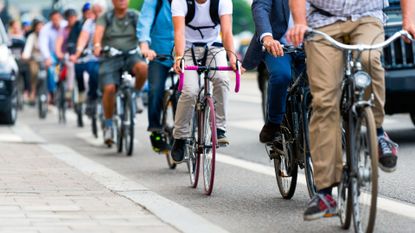
10. Cycling for increased energy and strength
Cycling not only helps me commute to work, but it also benefits my overall physical health. As mentioned earlier, cycling can help tone and strengthen muscles, especially in the legs. But it doesn’t stop there – cycling also helps increase overall energy and strength. The aerobic exercise stimulates the heart rate and breathing, allowing for increased blood flow and oxygen to the body’s tissues.
This, in turn, can improve energy levels and overall endurance. Personally, I find that cycling to work not only saves me money and time, but it also leaves me feeling refreshed and energized for the day ahead. So, when considering the benefits of cycling to work, remember that it’s not just a mode of transportation, but also an investment in your overall health and well-being.
How can I shower at work without a shower?
As someone who cycles to work without a shower, finding alternative ways to freshen up before starting the day is a must. While not everyone has access to a shower at work, there are several options to help you feel clean and refreshed. One solution is to bring a pack of baby wipes with you to work to quickly wipe away any sweat and dirt.
Another option is to pack a small towel and use a basin or sink to rinse off key areas like the face, armpits, and feet. I also find that changing out of my sweaty cycling clothes and into fresh, wicking clothing helps me feel more comfortable during the workday. Regardless of your method, taking a few minutes to freshen up post-cycling will make all the difference in ensuring you feel confident and energized for the day ahead.
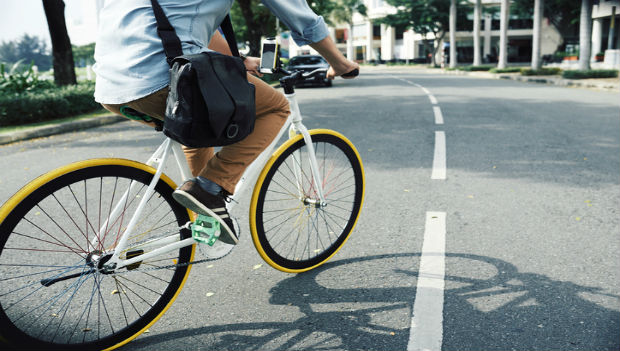
Do I need to shower after biking to work?
After cycling to work, some people feel like they need to take a shower to freshen up. However, if you’re short on time or there is no shower available, don’t worry, you may not necessarily need to take a shower. If you’re not too sweaty or your workplace has a sink with running water, you can simply wash your hands, face, and armpits with soap and water.
Another option is to bring a washcloth or travel towel to wipe off any sweat. Alternatively, you can always choose to cycle at a leisurely pace, as this can help to reduce sweating. Either way, don’t let the lack of a shower deter you from cycling to work and enjoying the many benefits that cycling has to offer.
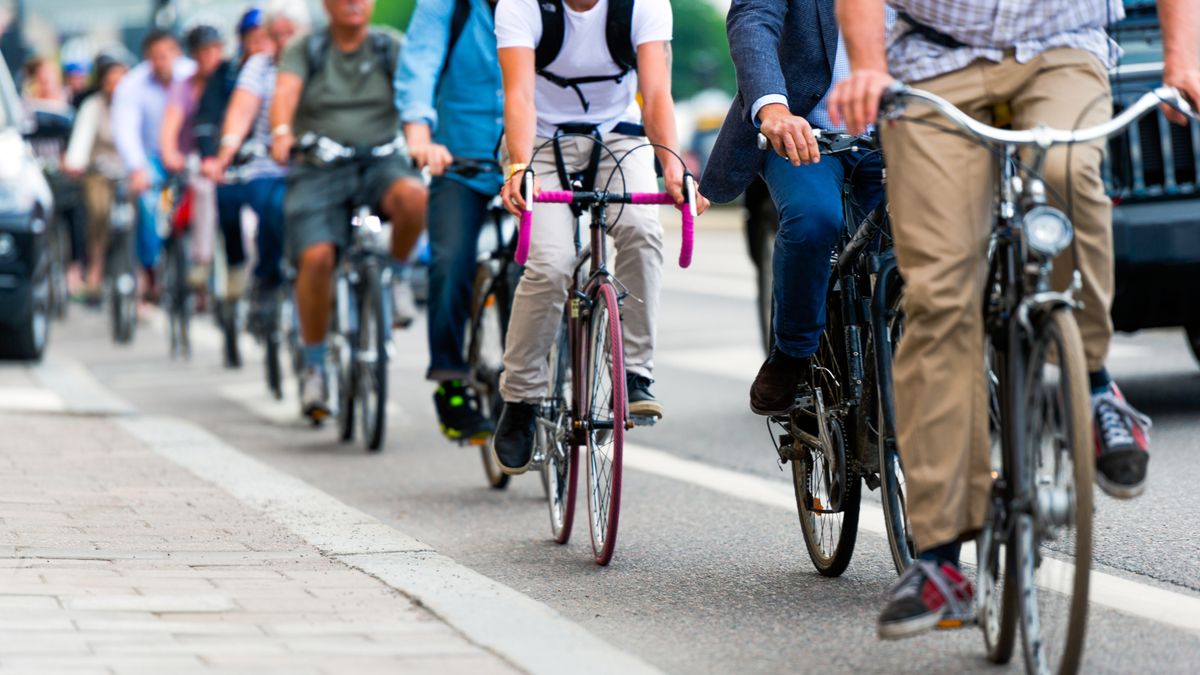
How can I cycle to work without sweating?
As someone who cycles to work without access to a shower, I’ve learned a few tips and tricks to help prevent sweating during my commute. The first and most obvious step is to wear light, breathable clothing and maintain a consistent low effort while pedaling. Using panniers instead of a backpack can also help reduce insulation and keep your back from overheating.
Showering before your ride and dressing down for around 10 degrees colder than you normally would can also aid in sweat reduction. When dressing for your ride, it’s crucial to wear athletic or cycling clothes, as these types of fabrics will not trap sweat like work attire will. Loose, breathable fabrics also help to keep sweat from building up.
Lastly, packing baby wipes and deodorant can be a lifesaver, allowing you to freshen up after your ride without having to rely on a shower. By following these tips, you can enjoy a sweat-free commute and arrive at work feeling refreshed and ready for the day ahead.

How do you stay dry when cycling at work?
As someone who has been cycling to work for years, I know firsthand how crucial it is to stay dry during the ride. Whether it’s raining outside or it’s just a particularly humid day, the last thing you want is to arrive at work completely drenched in sweat. One of the best ways to stay dry while cycling to work is to invest in waterproof gear.
A good quality rain jacket, pants, and shoe covers can go a long way in keeping you dry during the ride. I also recommend packing a spare set of clothes in a waterproof bag to change into once you arrive at work. Another useful tip is to start your ride at a slower pace to prevent overheating and excessive sweating. Finally, try to avoid wearing cotton clothing, as this material absorbs moisture and can leave you feeling damp and uncomfortable throughout your workday.